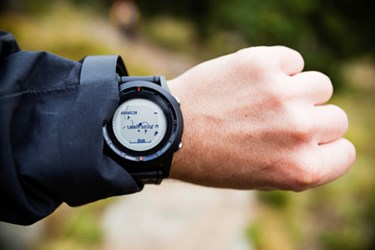Are Wearables The Next Big Innovation In Classroom Tools?

By Christine Kern, contributing writer

Recent innovations in wearable technology have caused a tremendous transformation of the learning and teaching process. As an educational tool, wearable technology has great potential to can provide opportunities for students to learn faster and access information more efficiently.
When the Educause Learning Initiative assessed the implications for teaching and learning in its “7 Things You Should Know About Wearable Technology,” the organization pointed out, “Wearable cameras … allow a learner to engage simultaneously as observer, reporter, and participant, enabling more detailed life-blogging and providing a subjective point of view for digital storytelling.”
Yet, while wearables can be beneficial in education, it is important for teachers to how to manage effectively the new learners and how to use effectively wearable technologies in an educational setting.
Just a few of the many examples of wearable technology that have applications for education are included in a Cloud Tweaks article. These technologies can be used in education to develop student’s skills for cooperation, communication, problem solving and lifelong learning. They include:
Autographers helps students to capture photos of the teacher’s direct notes
Keygloves wireless open-source input gloves for applications including design, art, music, data entry, device control, and singlehanded tasks and aid for handicapped or disabled users.
Muse (Brain-sensing headband) displays students’ brain’s activity directly onto a smartphone or tablet to help determine whether they need to focus more or calm down
VR for hands-on experiences in an interactive environment
Smart Watches provide information and remote applications and can enhance learning outcomes and allow students to access education flexibly, calmly and seamlessly.
GoPro cameras can benefit both students by helping them record events and teachers can examine their students’ behaviors and make more informed decisions
Google Glass allows educators and students to share information through various modes of interaction.
While most wearable technologies currently may be cost-prohibitive for most schools, it’s important to recognize they seem to be the trend for the future in education as well as in other areas. “In a year, 30 percent of people could have some form of wearable tech,” predicts William Ward, social media professor at Syracuse University. “The mobile phone is dead. Wearables are emerging. They will take over eventually.”
